Duration: 10 Nights
Highlights: Experience the adventure of a lifetime with Druk Asia’s 11-day Royal Highland Festival Trek in Bhutan! Trek through breathtaking landscapes, immerse in nomadic culture, and witness the vibrant Royal Highland Festival in Laya. Book your journey now for an unforgettable Himalayan adventure!
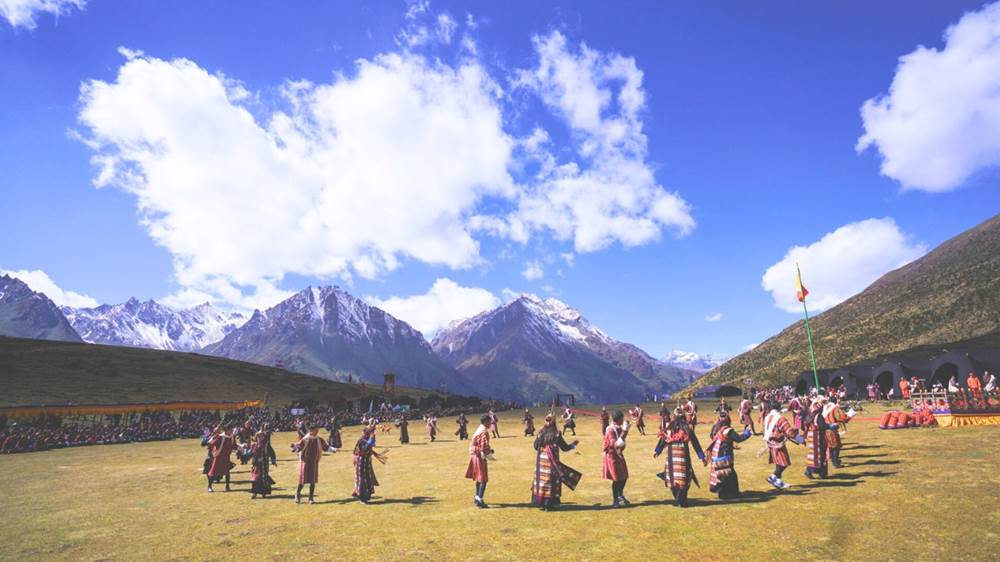
Strolling around Thimphu town offers a delightful blend of tradition and modern life in Bhutan’s capital. Start at Clock Tower Square, the lively heart of the city—adorned with carved wooden façades, prayer wheels, and water fountains—and a charming spot to linger while locals chat or browse the weekend market. From here, wander down Norzin Lam, Thimphu’s main street, where boutique shops, handicraft stores, and cafés invite you in. Along the way, admire traditional architecture—ornate wood carvings, colourful murals, and fluttering prayer flags—woven seamlessly into everyday life.
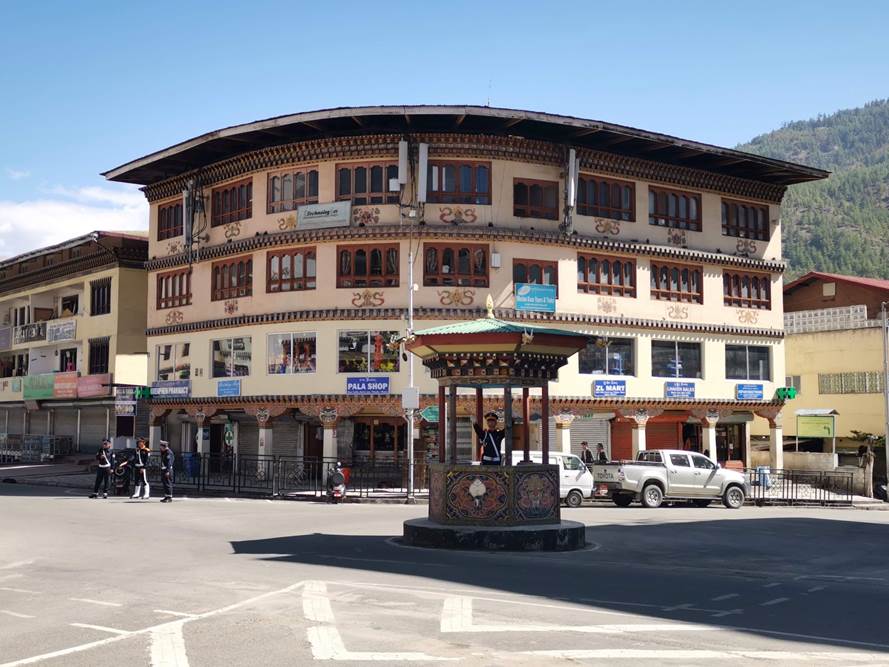
Towering above Thimphu Valley from the tranquil Kuenselphodrang Nature Park, the majestic Buddha Dordenma is a sight to behold. Standing at a staggering 51.5 metres, this golden statue is one of the largest seated Buddhas in the world—and it’s not just its size that impresses. Nestled inside are over 100,000 smaller Buddha statues, each crafted with the same devotion and detail. More than a monument, the Buddha Dordenma is a symbol of indestructibility and spiritual awakening, believed to bless the land with peace and harmony.
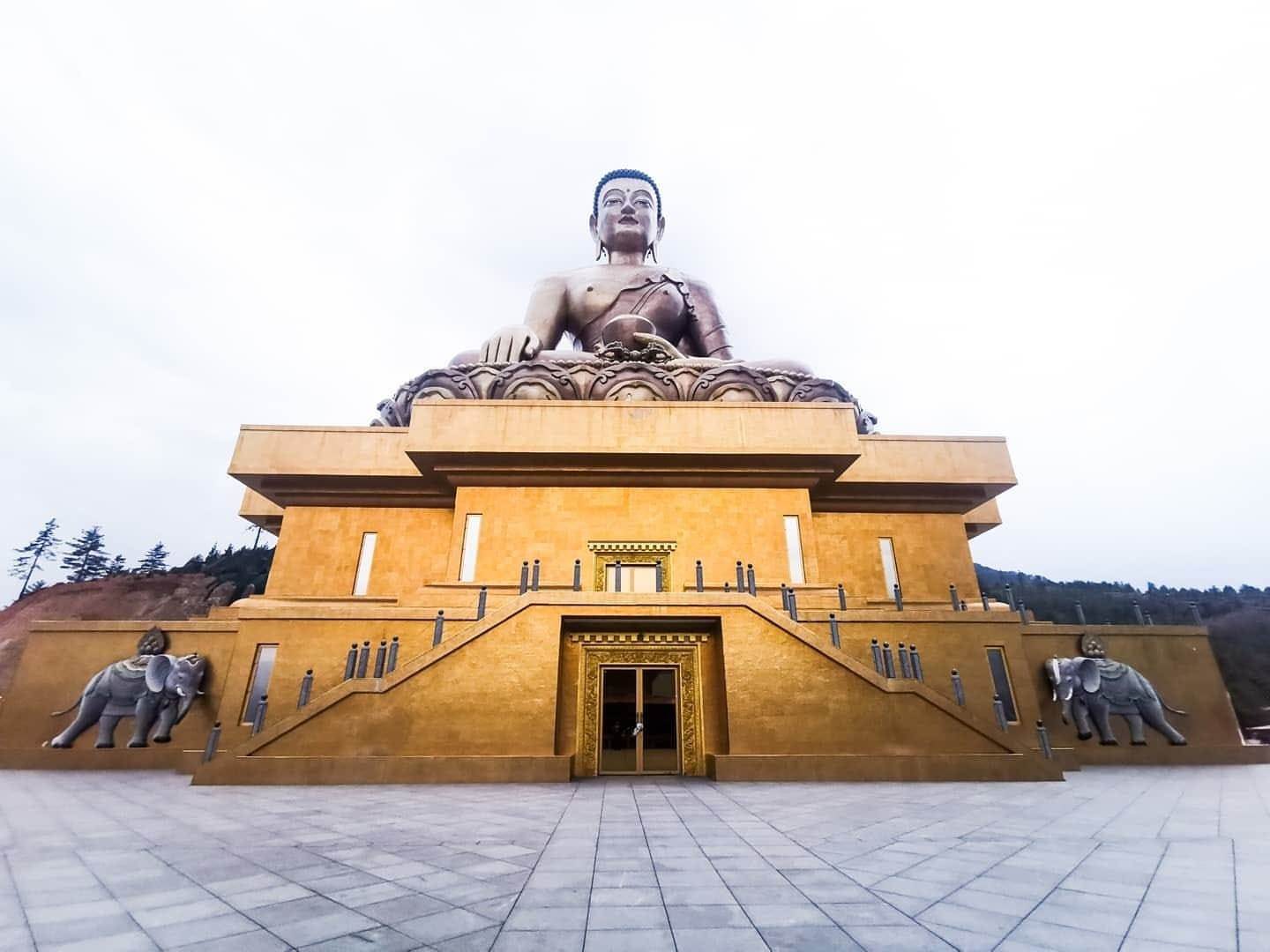
Visiting the Motithang Takin Preserve in Thimphu is a delightful and serene experience—it’s the national animal’s very own sanctuary, nestled just 15–20 minutes from the city centre. What began as a humble mini-zoo became something far more fitting: a forested 3.4-hectare reserve where takin, Bhutan’s unique goat–cow creatures, have chosen to stay even when released into the wild. It’s a charming, low-key wildlife encounter that captures Bhutan’s gentle spirit—perfect for families, nature lovers, and anyone curious about the country’s living symbols.
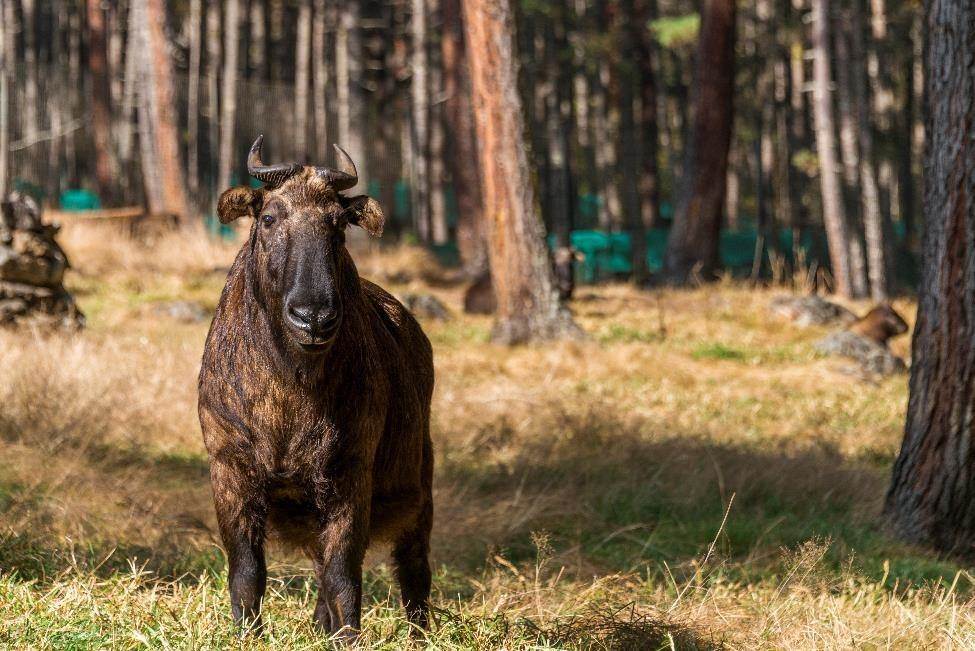
Immerse yourself in the spiritual rhythm of Thimphu with a visit to the National Memorial Chorten, where locals—especially the elderly—gather daily to walk in prayerful circles, spinning prayer wheels and murmuring mantras in a peaceful flow of devotion. Built in 1974 to honour the beloved Third King, this white-washed stupa is a living sanctuary. Step inside and you’ll find vibrant murals, intricate mandalas, and detailed sculptures that beautifully illustrate Buddhist teachings. If you're seeking serenity or a glimpse into Bhutanese spiritual life, this is a place that quietly leaves a lasting impression.
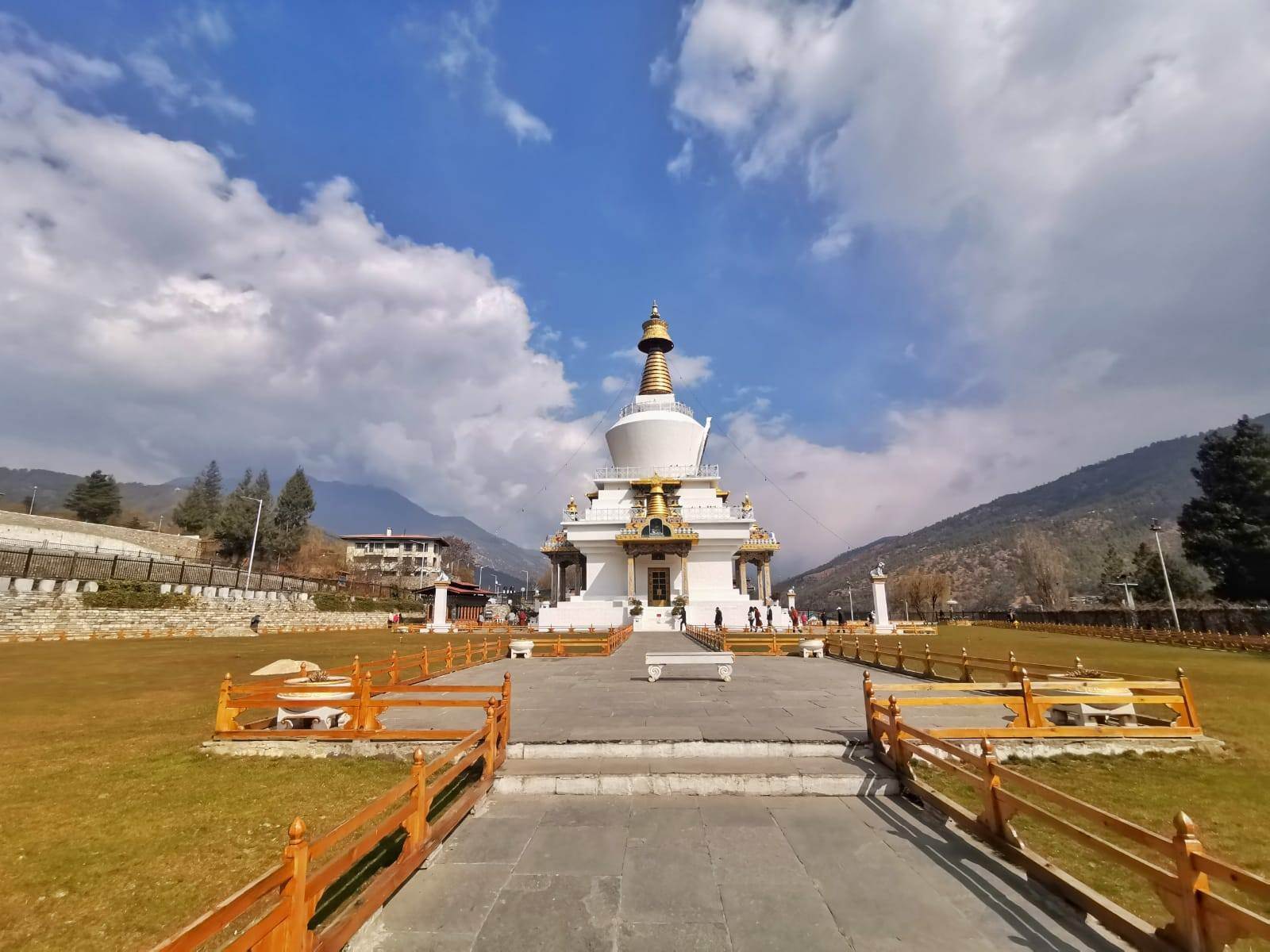
Visiting the Centenary Farmers’ Market in Thimphu is a sensory delight and a peek into the everyday rhythm of Bhutanese life. Held every weekend, the market buzzes with energy—you’ll see locals mingling, laughter drifting through the air, and colourful stalls overflowing with fresh produce. Pick up crisp red apples, leafy greens, fragrant herbs, and seasonal vegetables, all grown by nearby farmers. There’s also an inviting food corner where you can sample hot momos, sweet orange slices, and freshly pressed fruit juices. Wander through the craft stalls, where artisans display hand-carved wooden utensils, woven baskets, and traditional textiles—perfect for unique souvenirs.
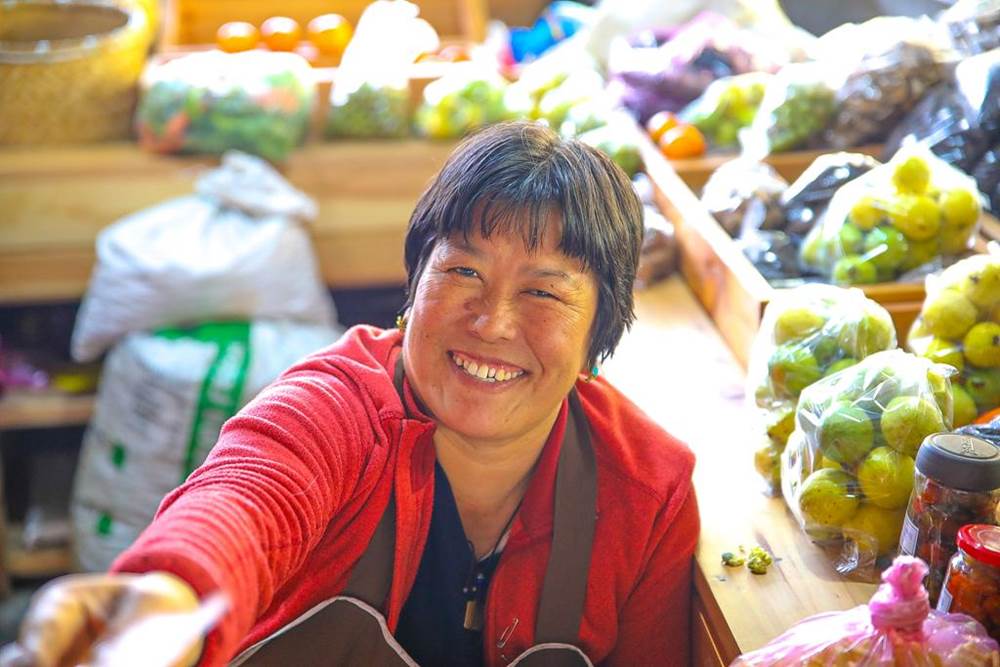
Perched at an altitude of 3,100 metres, Dochula Pass is one of Bhutan’s most serene and awe-inspiring mountain passes. Often cloaked in mist and prayer flags fluttering in the breeze, it’s a place where time seems to slow down. The pass is adorned with 108 memorial chortens, built in honour of Bhutanese soldiers, and offers panoramic views of the snow-capped Himalayan range on clear days. Whether you're pausing for reflection or simply soaking in the stillness, Dochula invites you to breathe deeply, feel the peace, and reconnect with the beauty of the journey.
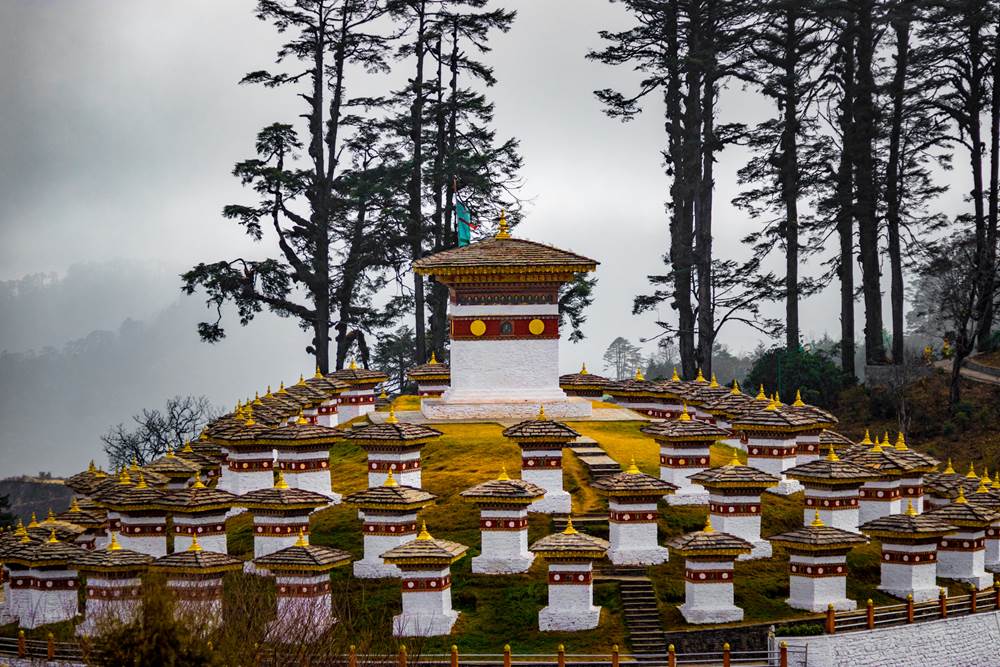
Nestled in the charming village of Sopsokha, Chimi Lhakhang—also known as the Fertility Temple—stands atop a gentle hill near Lobesa. Built in 1499 by Ngawang Choegyel, the 14th Drukpa Hierarch, the monastery is dedicated to the revered and unconventional saint, Lama Drukpa Kunley, famously known as the Divine Madman for his unorthodox teachings and eccentric behavior. To reach the temple, enjoy a scenic 30-minute walk through terraced paddy fields and a quaint village path. Pilgrims from all over the world visit Chimi Lhakhang to seek blessings for fertility, and many couples have returned to share stories of their answered prayers. A visit here offers not only cultural insight but also a peaceful connection with Bhutan’s spiritual traditions.
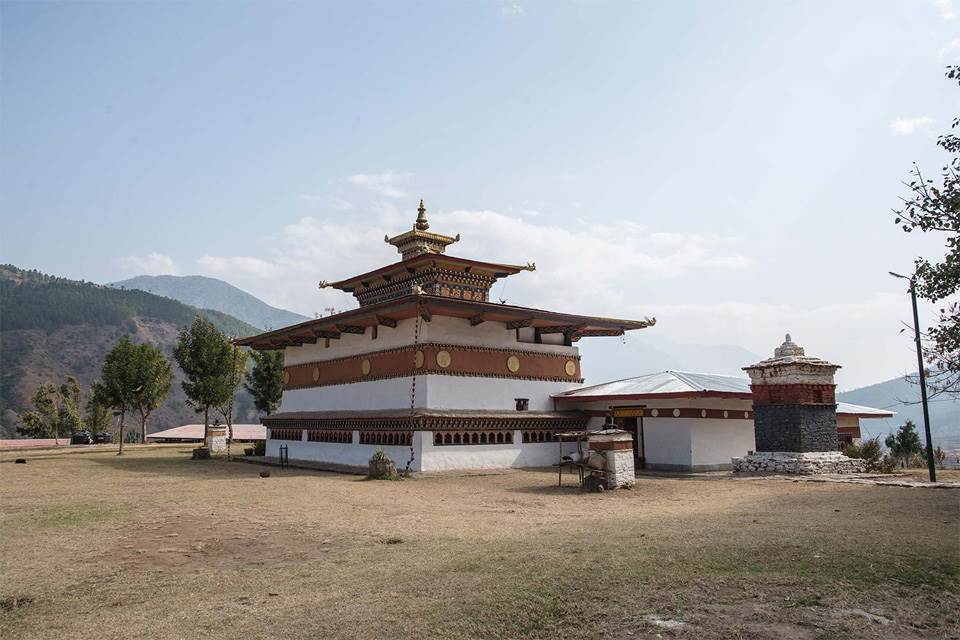
Step into the heart of Bhutanese history and spirituality with a visit to Punakha Dzong, one of the most iconic and breathtaking fortresses in the country. Nestled at the sacred confluence of the Pho Chu and Mo Chu rivers, this architectural masterpiece was built in 1637 by Zhabdrung Ngawang Namgyal, the great unifier of Bhutan. As you cross the traditional wooden cantilever bridge and approach the grand whitewashed walls, you’ll be walking the very grounds where Bhutan’s dual system of governance was first introduced—and where the first King, Gongsar Ugyen Wangchuck, was crowned in 1907. Despite enduring fires and an earthquake, the dzong stands today fully restored—thanks to the vision of the 4th King, Jigme Singye Wangchuck. It now serves as the winter residence of the Je Khenpo, the spiritual head of Bhutan, and houses a monastic community of over 1,000 monks. Marvel at the intricate woodwork and artistry that adorn the halls and courtyards, and let the sacred energy of this historic site leave a lasting impression on your journey.
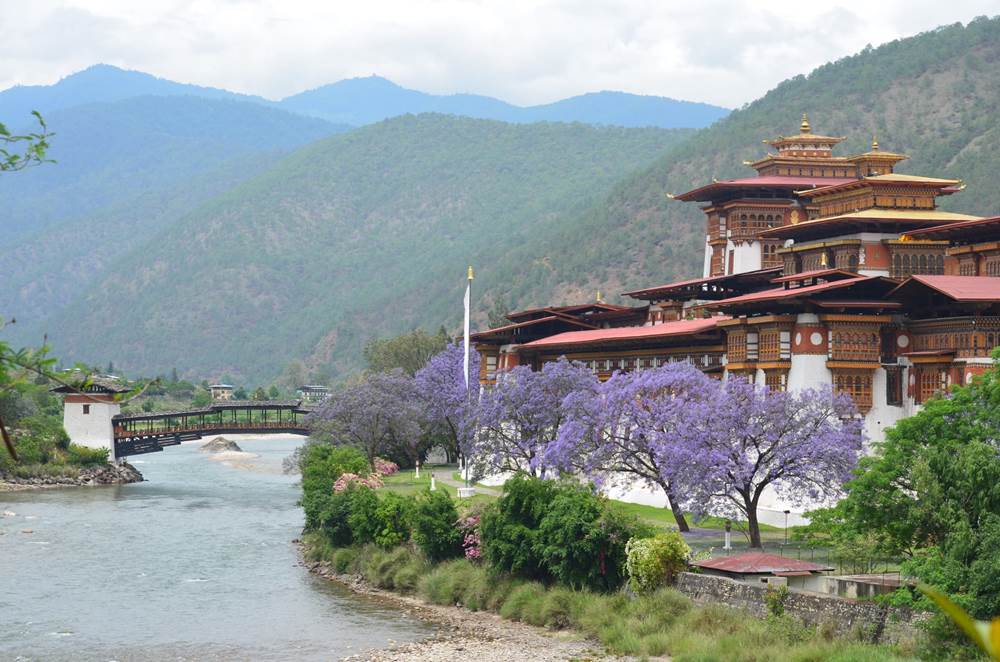
Early morning drive from Punakha to Gasa. With the recent road development now we can drive all the way to Taktsemakhang . Lower, the trek duration. From Taktsemakhang we will make our way to Laya. The trail winds up gradually and at times with steep climbs till you reach Laya. Early arrival to your camp/homestay and enjoy the scenic beauty of the landscape and then you will come across a lot of locals in their typical Laya costumes. Overnight Camp/Homestay at Laya
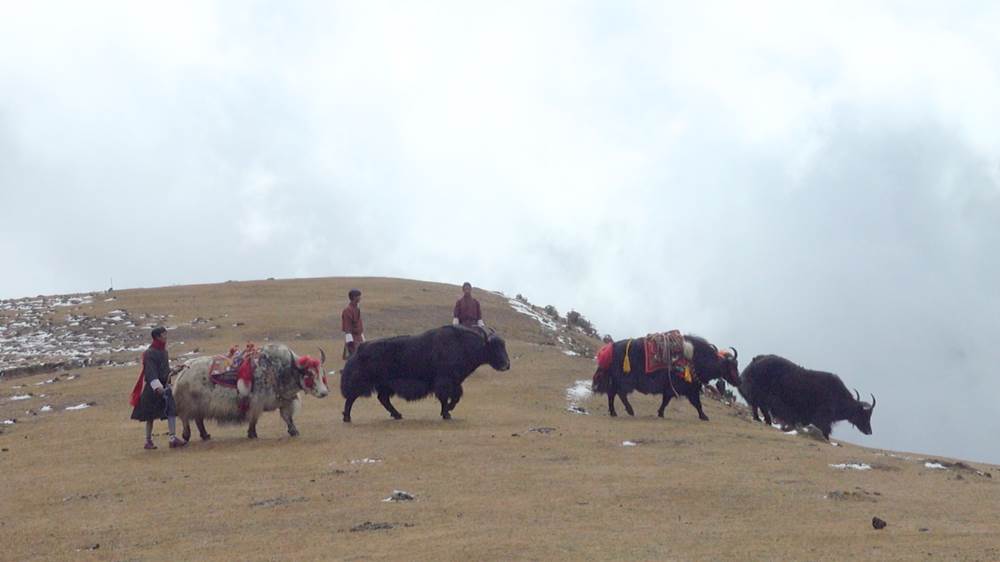
The Royal Highlander Festival will be organised in Laya this October. Driven by the underlying goal of making the highlands a vibrant and thriving economy, the festival aims to promote the sustainable livelihood of highlanders, showcase highlander’s innovation, and exhibit the highlands as the pride of Bhutan. The festival brings together highlanders from other parts of Bhutan to exchange values, knowledge, skills, and best practices related to highlands and yak farming. The festival is a landmark activity of Gasa dzongkhag’s “Good to Great Gasa”, a vision inspired by His Majesty’s passion to make our country great.

The Royal Highlander Festival will be organised in Laya this October. Driven by the underlying goal of making the highlands a vibrant and thriving economy, the festival aims to promote the sustainable livelihood of highlanders, showcase highlander’s innovation, and exhibit the highlands as the pride of Bhutan. The festival brings together highlanders from other parts of Bhutan to exchange values, knowledge, skills, and best practices related to highlands and yak farming. The festival is a landmark activity of Gasa dzongkhag’s “Good to Great Gasa”, a vision inspired by His Majesty’s passion to make our country great.

Today we will descend from Laya back to Taktsemakhang and then drive back to Punakha
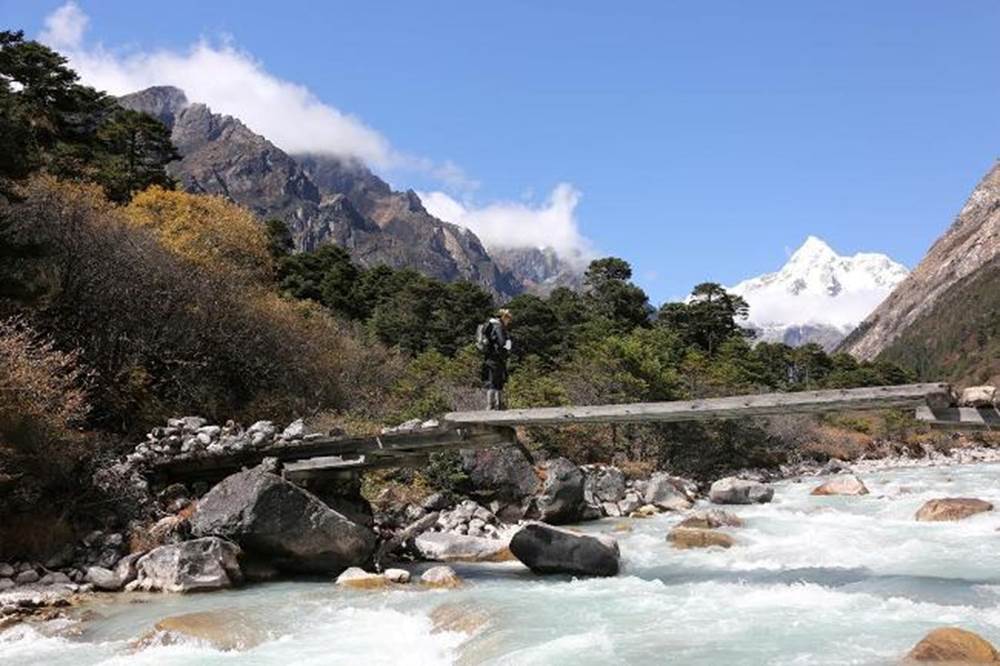
Paro Valley is one of Bhutan’s most breathtaking regions, offering a stunning blend of natural beauty, cultural depth, and spiritual heritage. The beautiful valley is home to many of Bhutan's oldest monasteries and temples. At the northern end of the valley towers Mount Jomolhari, rising to 7,300 metres, whose glacier-fed waters form the Pachu River that flows serenely through the valley. Surrounded by pine forests, terraced fields, and traditional farmhouses, Paro Valley captures the timeless charm of Bhutan, making it an unforgettable destination for nature lovers and culture seekers alike.
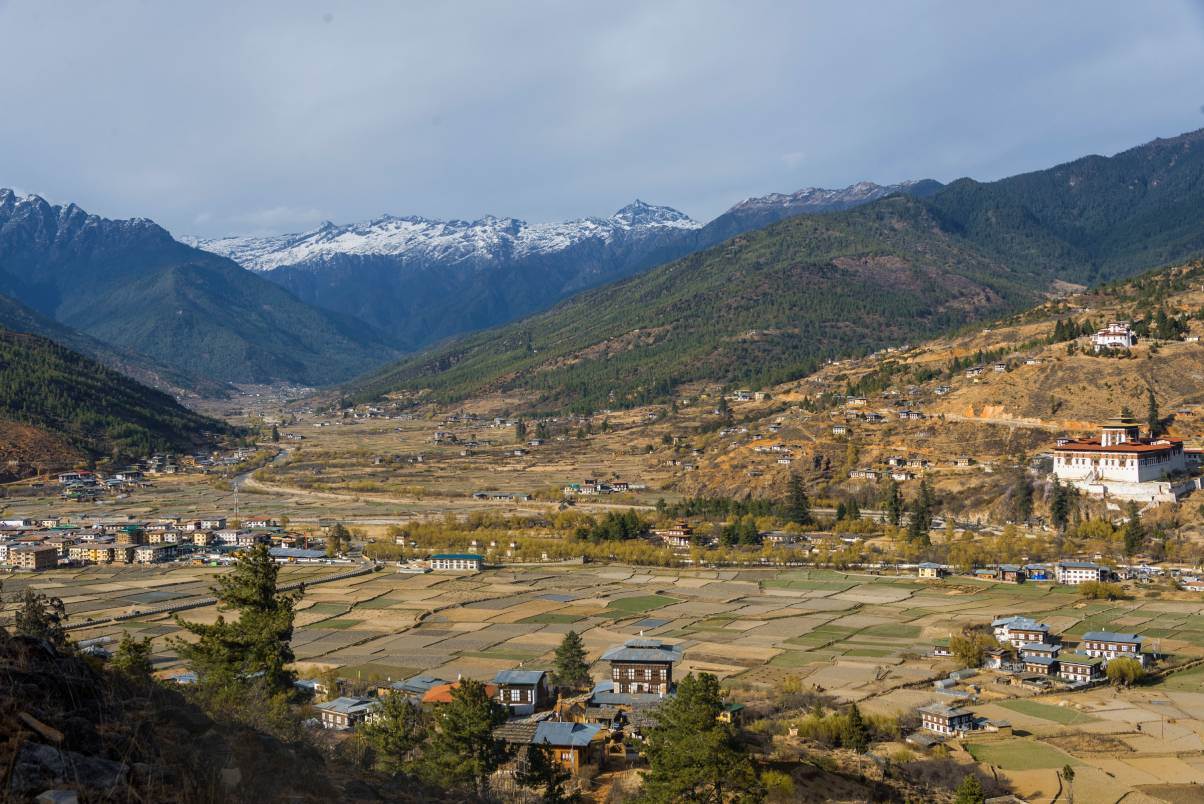
Perched above Paro Dzong, Ta Dzong is a striking circular fortress that now houses Bhutan’s National Museum. Originally built in 1649 as a watchtower to guard the valley, it was transformed into a museum in 1968 under the initiative of King Jigme Dorji Wangchuck. The museum showcases over 3,000 artefacts spanning more than 1,500 years of Bhutanese history, including ancient weapons, royal heirlooms, religious relics, textiles, and natural history displays. The architecture itself is remarkable, constructed without the use of nails and featuring thick stone-and-wood walls. With panoramic views over Paro Valley, a visit to Ta Dzong offers a rich and immersive journey through Bhutan’s cultural and spiritual heritage.
-854.jpg)
Paro Dzong—also known as Rinpung Dzong, or the “Fortress of a Heap of Jewels”—is a spectacular hilltop monastery-fortress overlooking the Paro River and valley. Built in 1646 on an earlier temple site, it remains one of the finest examples of Bhutanese architecture, with soaring wooden beams, an iconic cantilever bridge and numerous shrines and chapels inside. It has served both as a defensive stronghold against Tibetan invasions and as the administrative and monastic centre for Paro district. Today it’s still home to around 200 monks, hosts the colourful Paro Tsechu festival, and offers visitors a serene yet awe-inspiring glimpse into Bhutan’s spiritual and cultural heritage.
-961.jpg)
Start early for the scenic drive to Chele La Pass—at 3,988 m, the highest motorable road pass in Bhutan—winding 35 km uphill through fragrant blue pine and vibrant rhododendron (Etho Metho) forests. On a clear day, you’ll be rewarded with sweeping views of Mt Jhomolhari (7,314 m), Bhutan’s second-highest peak, and a breathtaking panorama of the Haa Valley, a region that remained closed to foreigners until 2002 due to its proximity to the Sikkim and Tibet borders. For a more leisurely sightseeing experience, you can choose to descend from Chele La into the serene Haa Valley. Should winter snow or ice make the pass inaccessible, your guide will recommend an alternative excursion to ensure the day remains just as memorable.
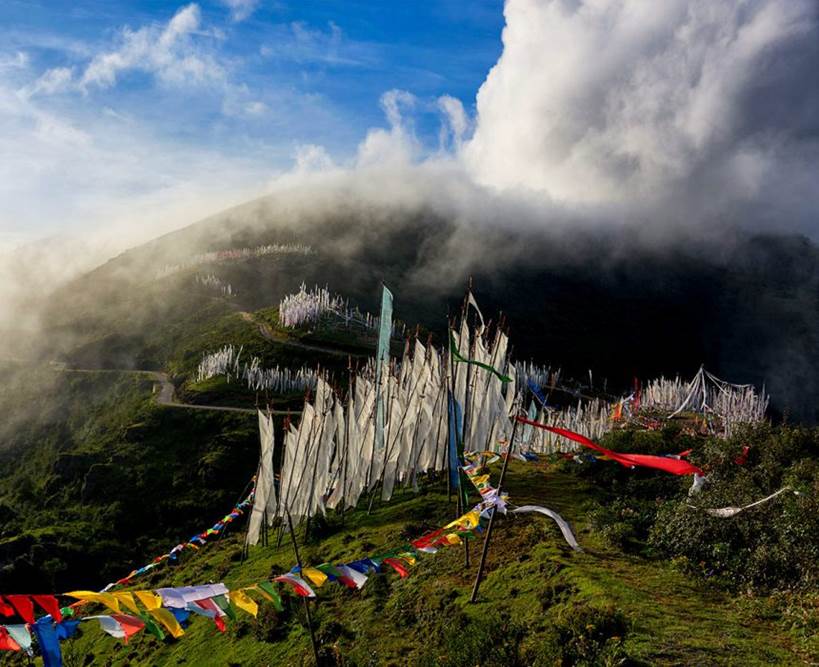
The construction of Jangchub Chorten fulfills a long-standing prophecy by the revered Terton Drukdra Dorje, who foretold that a Chorten built at this site would protect Drukyul and bring immense benefit to the country and its people. Initiated in February 2021, the construction was completed in August 2024, marking a significant milestone in Bhutan’s spiritual history. This sacred monument is dedicated to the eternal safeguarding and blessing of the Tsawa Sum, enriching Bhutan’s spiritual legacy and fostering a sense of peace and protection for generations to come.
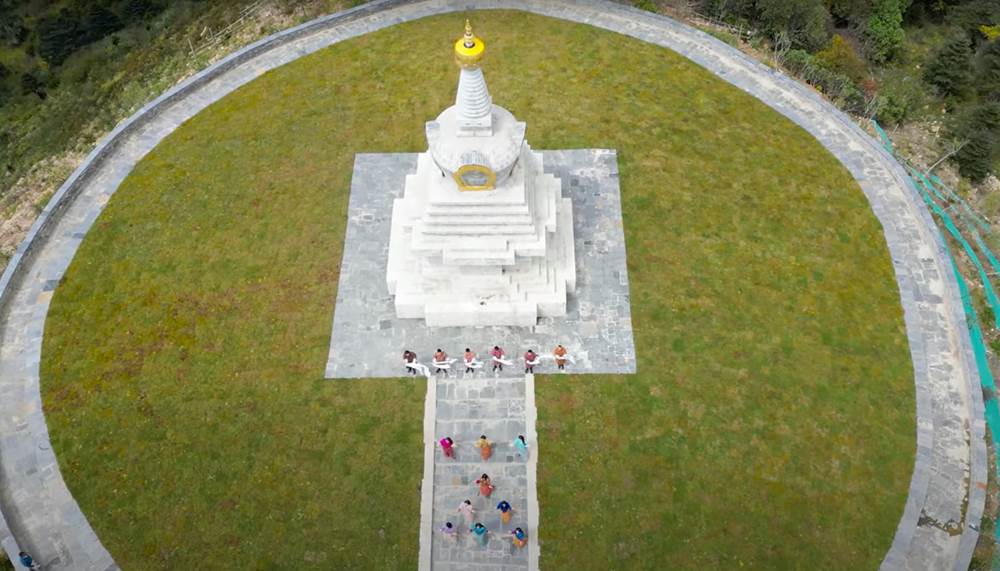
Haa Valley—often called Bhutan’s “Hidden Gem”—is a pristine, little-visited paradise tucked between the towering peaks of the western Himalayas. Officially opened to foreign visitors only in 2002, the valley has retained its authentic charm, unspoiled landscapes, and deep-rooted traditions. Here, emerald rice fields stretch beneath snow-capped mountains, and traditional Bhutanese farmhouses dot the countryside. Life in the valley moves at a gentle pace, offering visitors a rare glimpse into Bhutan’s rural way of life. Recognised for its untouched beauty and cultural richness, Haa Valley truly lives up to its reputation as one of Bhutan’s most treasured hidden gems.
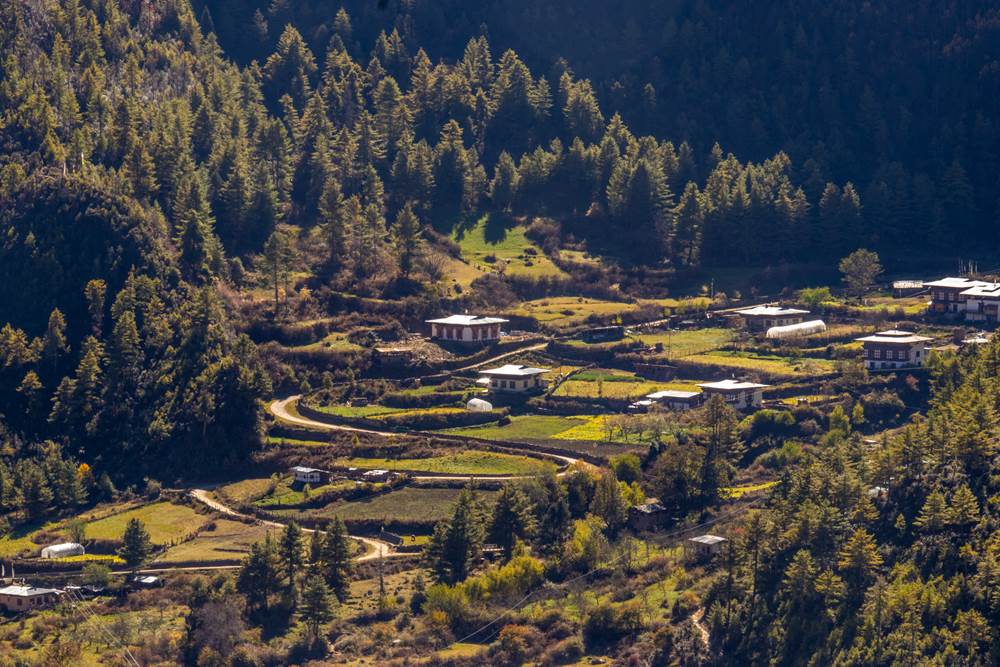
They say, "a visit to Bhutan is not complete without climbing up to the Tiger's Nest". Taktsang Monastery, famously known as the Tiger’s Nest, is Bhutan’s most iconic landmark, dramatically perched on a cliffside 3,120 metres above sea level in Paro Valley. According to legend, Guru Padmasambhava flew to this site in the 8th century on the back of a tigress and meditated in a cave that now lies at the heart of the monastery. Built in 1692, the complex includes temples, meditation caves, and stunning viewpoints that seem to defy gravity. Reaching the monastery involves a scenic 2–3 hour hike through pine forests and fluttering prayer flags—a spiritual and physical journey that rewards you with breathtaking views and deep serenity.
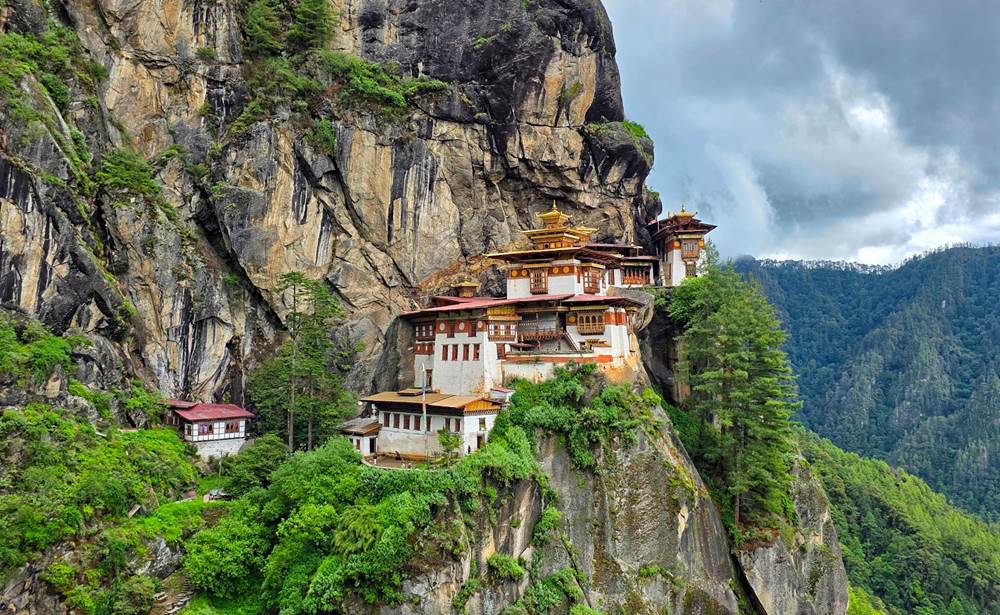
At 1300 years old, Kyichu Lhakhang is one of Bhutan’s oldest and most sacred temples, believed to have been built in the 7th century by Tibetan Emperor Songtsen Gampo as part of a spiritual mission to subdue a demoness and spread Buddhism. Located just north of Paro, it is often referred to as the “Sacred Jewel of Bhutan.” Over the centuries, the temple has been expanded and visited by many great masters, including Padmasambhava. It's a peaceful and deeply spiritual place, cherished by pilgrims and visitors alike.
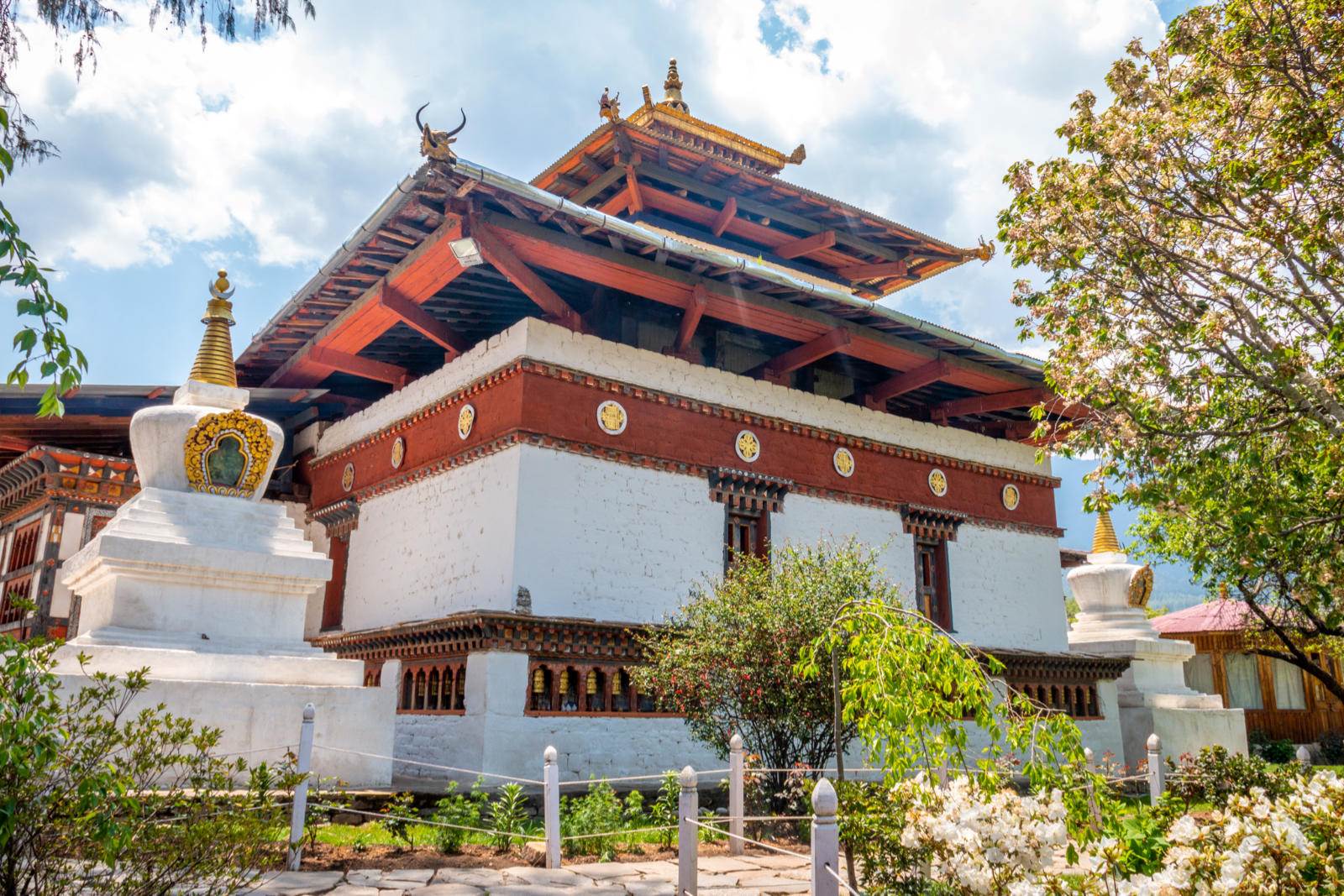
Travel Tips
Druk Asia
Bhutan Office
Singapore Sales Office
Kuala Lumpur Office
Copyright © 2024 Druk Asia - All Right Reserved
Travel Tips
Druk Asia
Bhutan Office
Singapore Sales Office
Kuala Lumpur Office
Copyright © 2024 Druk Asia - All Right Reserved
